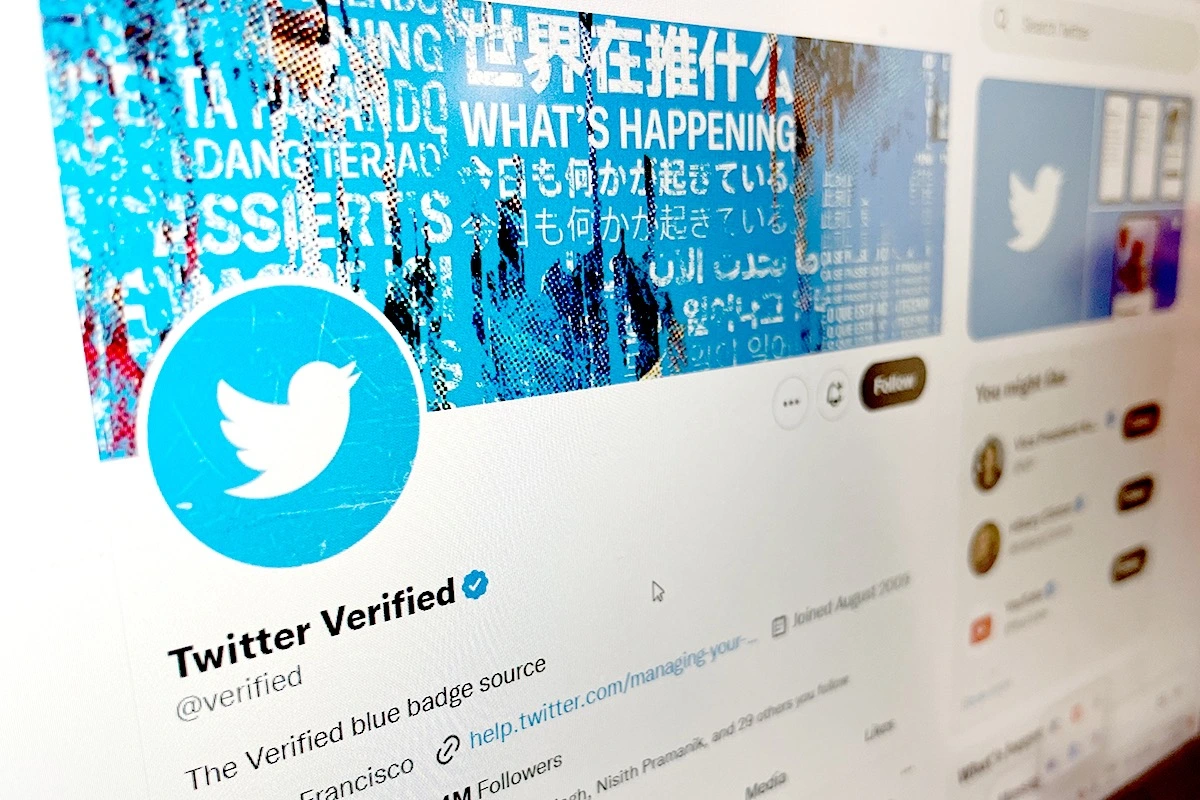After a months-long battle, Elon Musk has officially taken over Twitter. With this, the entrepreneur has made structural changes within the corporation and modifications for Twitter users. In one of the most recent upgrades, Musk revealed that users would need to pay $8 each month to earn a blue tick on Twitter, which roughly converts to Rs 660 per month.
The $8 monthly fee is for the United States, and Musk says it will be adjusted per country proportionate to purchasing power parity. Musk stated, “Twitter’s current lords and peasants system for who has or doesn’t have a blue checkmark is bullshit.”
As of now, there are no fees for blue ticks. Users only need to complete out a verification form, which Twitter provides to all users, as well as supplementary documents. Following that, a separate verification team at Twitter verifies all of the user’s information and notifies them whether or not the verification is allowed.
Musk hasn’t indicated when the higher fee for blue tick verification will go into effect. He has also not formally confirmed that all features will be available under the $8 subscription package. The entrepreneur believes that the blue subscription will provide the corporation with “a revenue stream to reward content creators.”
Twitter announced on Saturday in an upgrade to Apple iOS devices that users who “sign up now” will obtain the blue check next to their names exactly like the celebrities, companies, and politicians they currently follow. So far, it does not appear that confirmed accounts are losing their checks.
There isn’t much information about the upgraded subscription service yet, but Musk tweeted on November 5 that current verified users should be prepared to lose their blue checkmark a few months after the program launches if they don’t pay the cost. The notification did not specify whether users would still be required to identify their identities or if they would just obtain a verification signal.
Those who opt-in for the new service outside of the blue check mark will also see half the advertising and be allowed to upload lengthier videos on the platform, according to the statement.
Along with the widespread layoffs, many individuals are concerned that the social platform that public agencies, election boards, police departments, and news outlets rely on to keep people informed would become lawless if content moderation and verification costs are reduced. The change signals the end of Twitter’s current verification mechanism, which was introduced in 2009 to prevent imitation of high-profile accounts like celebrities and politicians.
Twitter’s previous authentication mechanism was implemented over a decade ago in response to a surge in celebrity impersonator accounts. The corporation was sued in 2009 by Tony La Russa, then the manager of the St. Louis Cardinals, after a user bearing his identity posted inappropriate comments online. The platform then experimented with a method to authenticate the accounts of public people and agencies that were most vulnerable to impersonation.

Leave a Reply
You must be logged in to post a comment.